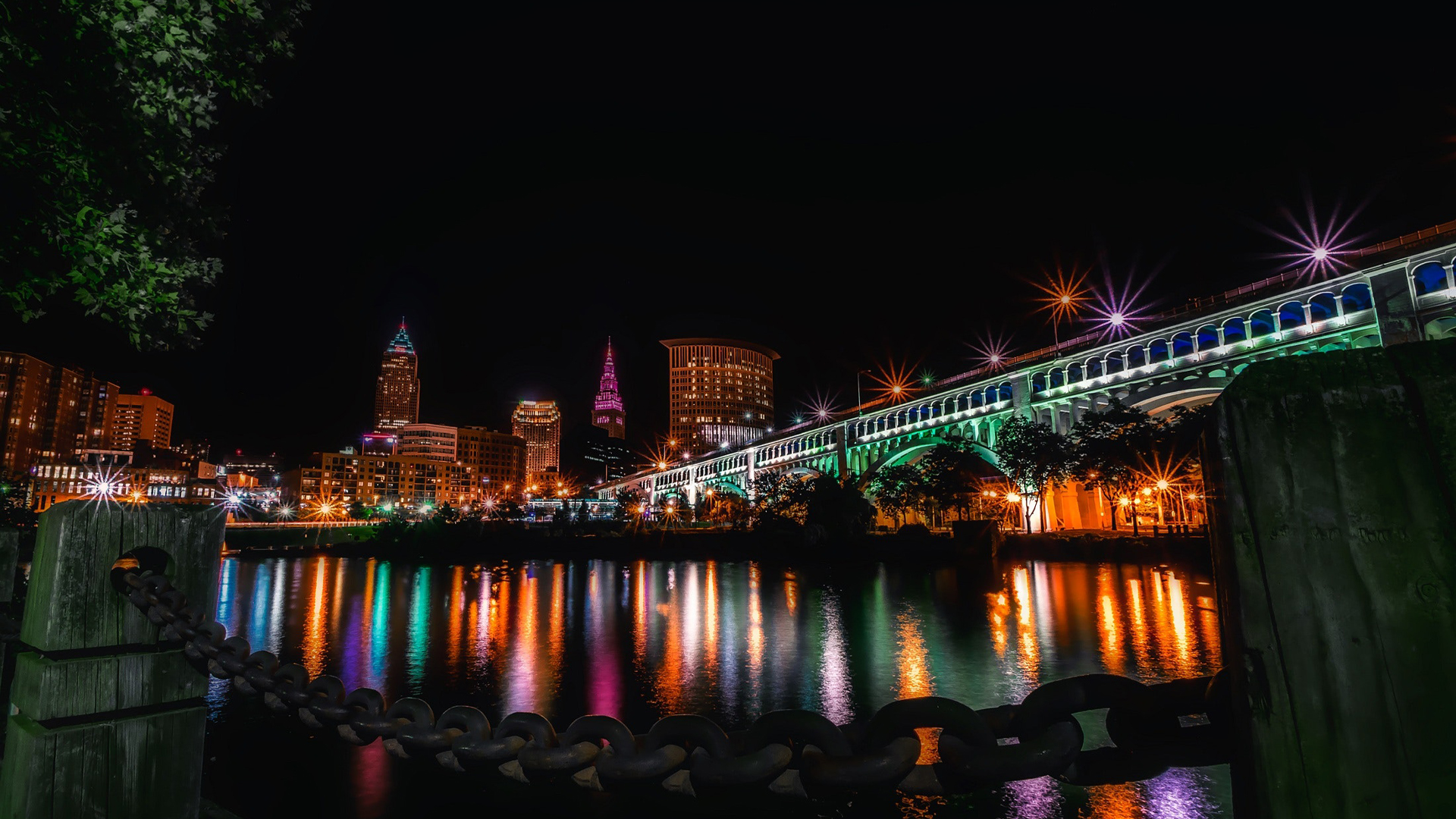As Columbus boasts its "Italian Village," it's Cleveland that has truly established itself as the original home of Italians and Italian Americans in the state of Ohio. Amid the growing avenues and thriving industries, Cleveland emerged as a magnet for many Italians who sought opportunities in building bridges, working in sewers, operating streetcars, and contributing their skills to the needlework and garment sectors. While Ohio might not immediately come to mind for its vibrant Italian culture, let's delve into the concise history of Italians in Cleveland, Ohio.
Italian History

Long before the Civil War, Italians made their way to Cleveland, leaving a historical trail that dates back to the 1850s. While Italian surnames started appearing on city registries during this time, it wasn't until the post-Civil War era that Cleveland witnessed the emergence of its own Little Italy neighborhood, accompanied by a flourishing Italian community. In the 1870 census, Cleveland reported the presence of 35 Italians across the city, many hailing from the Mezzogiorno region of Italy. Their migration to the United States was marked by extreme poverty and the challenges posed by an indifferent government.
Between the years 1880 and 1920, Cleveland experienced an influx of over 25,000 Italian immigrants who dispersed throughout the city, establishing diverse Italian enclaves. Prior to the establishment of Little Italy, the earliest significant Italian community was known as "Big Italy," which centered around the city's bustling market district. This hub later evolved into a major center for the fruit industry, largely populated by Sicilian immigrants. Among them was Frank Catalano, an immigrant who introduced the city to an array of flavors by bringing oranges, olive oil, figs, anchovies, garlic, bananas, nuts, and other fruits to the markets. Catalano's contributions extended beyond produce, as he played a pivotal role in Cleveland's produce industry, eventually becoming one of its foremost figures.
Little Italy Cleveland

Located on the eastern side of Cleveland, the origins of Little Italy can be traced back to 1895 when Joseph Carabelli identified the need for monuments within Lakeview Cemetery. Carabelli's vision spurred the development of a thriving hub for marble and granite works, attracting the attention of industrial magnate John D. Rockefeller. This association led to the establishment of the Alta House, a community center that became a cornerstone for Little Italy's residents. By 1911, nearly 96% of Little Italy's population was of Italian birth, with an additional 2% having Italian parents.
The growth of Little Italy saw the inauguration of Ohio's very first Italian restaurant, Guarino's, in 1918—a revered establishment that continues to grace the streets of Cleveland. In 1906, Angelo Vitantonio, an Italian immigrant, patented the world's first handcrafted pasta maker, a pioneering invention that led to the founding of VillaWare, an Italian kitchenware company. Likewise, in 1920, Ettore Boiardi, who would later become known as “Chef Boyardee”, opened Il Giardino d'Italia, marking the commencement of a culinary legacy.
Throughout Cleveland, numerous landmarks stand as testaments to the profound Italian influence on the city's culture. Notably, Holy Rosary Church, established in 1908, stands as an iconic structure and the city's first parish catering to the Italian community. This architectural gem is celebrated for its inclusion in the National Register of Historic Places. An annual highlight is the four-day-long festival in August, commemorating the Feast of the Assumption, held at Holy Rosary Church. The Italian American Museum of Cleveland further enriches the city's cultural heritage, serving as a space where identity, tradition, and culture are carefully preserved and cherished.
AJ Forrisi
Assistant Editor for America Domani, AJ Forrisi is a Brooklyn-based writer and photographer. His work focuses on food, travel, sports, landscapes, and urban scenes. You can find him on Instagram @aj.photo.works.


